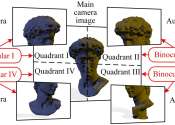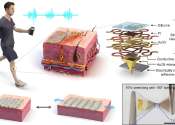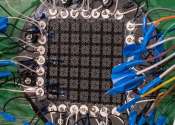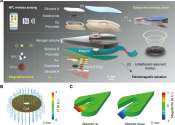A multi-camera differential binocular vision sensor for robots and autonomous systems
Recent technological advances have enabled the development of increasingly sophisticated sensors, which can help to advance the sensing capabilities of robots, drones, autonomous vehicles, and other smart systems. Many of ...









